The late Barry Waterhouse (of Evolution Engineering) often demonstrated great creativity in solving problems connected with repairs and modifications to a variety of Lancia models.
Owners of Fulvias and of course Flavias and 2000s frequently dread the discovery of a split constant-velocity joint gaiter – a MoT/Controle Technique failure in England and elsewhere. The reason for the dread is of course the problem of removing the driveshaft to replace the gaiter, a special tool being required to unscrew the large ring nut that secures the driveshaft into the hub and of course, clamps the bearing.
Very often we came across cars that had been worked on by bodgers who, lacking the necessary tool, would somehow remove the ring nut with a large hammer and chisel and more depressingly replace it using the same method, leaving a nut that was to say the least, ugly to look at and probably not tightened sufficiently.
Given the diminishing supply of good second-hand ring nuts, familiarity with a variety of Lancia models enabled Barry to come up with a solution for the Series II Fulvias and 2000s. The Integrale and Evo models use a large hexagonal nut to secure their CV joints. This nut is substantial in construction and incorporates a built-in washer that is free to rotate thus obviating damage to the surface of the hub whilst the nut is being tightened. These nuts were readily available a couple of years ago and being fairly standard, probably still are.
Of course, it would be too much to expect the nut to be a straight fit! The CV joint thread size on an Integrale/Evo is smaller than that of the Fulvia (22mm I think); the SII Fulvia/2000 CV thread size is 25mm (at 1.5mm pitch). Examination of an Integrale nut showed that there was plenty of material to allow for a safe increase in size up to 25mm, so an appropriate tap was purchased. The nuts were bored out to 23.5mm on the lathe and then tapped to size. A check with a very large ¾” drive torque wrench showed that the nuts could be tightened to the specified value (27 - 33Mkg/ 203 – 248 lbs/ft approx) without problems.
 A SII front hub, showing the special nut staked in position
A SII front hub, showing the special nut staked in positionSadly, the S1 cars have a larger thread: 28mm; we were unable at the time to find a solution for this. And there is no solution for the rear hubs on either series, but of course they do not have to be removed quite so often.
At Evolution Engineering we offered the modified nuts for sale, but sold very few. I imagine that those who were wise enough to purchase them are now very pleased at the thought of being able to remove the drive shafts without the special ring nut tool – all they need is a good 36mm socket (provided of course that the CV joint splines are not tight or rusty – that’s another story). I should add that I have seen “replica” nuts nominally made to the original pattern. They were not very good – one I found would not even fit the correct tool!
Perhaps this article will encourage the more practical amongst you to try your own problem-solving; I hope so, and if you come up with something interesting, do let me know!

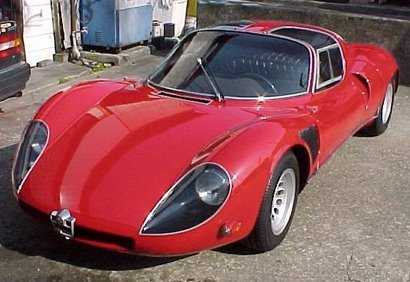
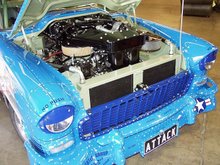
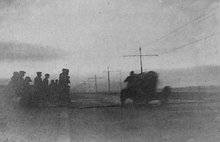



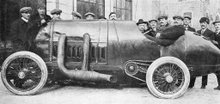


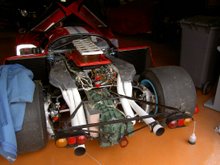

No comments:
Post a Comment